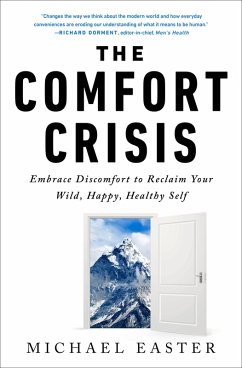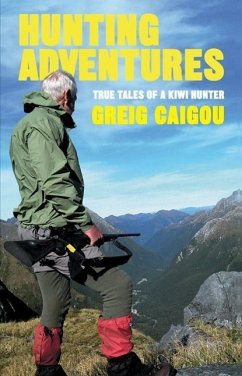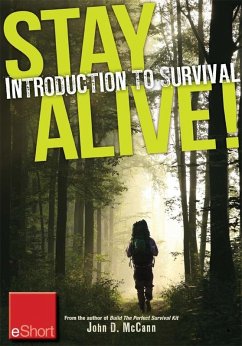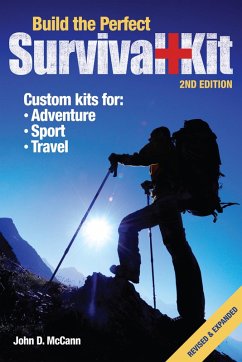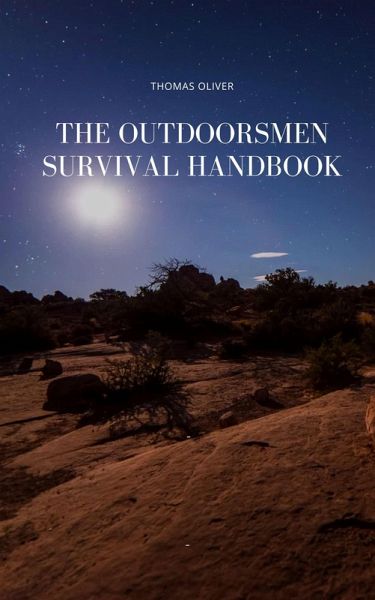
The Outdoorsmen Survival Handbook (eBook, ePUB)

PAYBACK Punkte
0 °P sammeln!
The Survival Mindset: Survival is not just about physical strength or tools but mental resilience. Staying calm and focused can mean the difference between life and death, as panic leads to poor decisions and wasted energy.Staying Calm in a Crisis: Techniques such as deep breathing, grounding yourself in the present moment, breaking tasks into smaller steps, using positive self-talk, visualizing success, and staying busy can help maintain calmness in a crisis.Understanding and Managing Fear vs. Panic: Fear is a natural survival mechanism that prepares us to respond to threats, while panic is f...
- The Survival Mindset: Survival is not just about physical strength or tools but mental resilience. Staying calm and focused can mean the difference between life and death, as panic leads to poor decisions and wasted energy.
- Staying Calm in a Crisis: Techniques such as deep breathing, grounding yourself in the present moment, breaking tasks into smaller steps, using positive self-talk, visualizing success, and staying busy can help maintain calmness in a crisis.
- Understanding and Managing Fear vs. Panic: Fear is a natural survival mechanism that prepares us to respond to threats, while panic is fear amplified to the point of losing control. Managing fear and avoiding panic is crucial for making rational decisions in survival situations.
- The Rule of Threes: The Rule of Threes helps prioritize actions in life-threatening situations: 3 minutes without air, 3 hours without shelter, 3 days without water, and 3 weeks without food. This hierarchy ensures addressing the most immediate threats first.
- Assessing Your Environment: Situational awareness involves perceiving, comprehending, and projecting the dynamics of your environment. Techniques include conducting a 360-degree scan, using the STOP method, identifying environmental baselines, and listening to your senses.
- Fire Starting Techniques: Essential tools for starting fire include matches, lighters, ferro rods, and flint and steel. Primitive methods like the bow drill, hand drill, and fire plow can also be used when modern tools are unavailable.
- Shelter Building: Types of shelters include lean-tos, debris huts, and tarp setups. Choosing a safe location, ensuring proper insulation, and weatherproofing are essential for effective shelter building.
- Water Sourcing and Purification: Finding water sources like streams, rivers, rainwater, and condensation is crucial. Purification methods include boiling, filtration, and chemical treatments to ensure water safety.
- Food Foraging and Hunting: Identifying edible plants, setting traps and snares, and fishing are essential skills for sourcing food in survival situations. Avoiding poisonous plants and using improvised tools can increase the chances of finding food.
- Essential Survival Gear: A multi-tool, fire starters, water filtration devices, emergency blankets, and first aid kits are essential items for a survival kit. Customizing the kit based on the environment can enhance preparedness.
Dieser Download kann aus rechtlichen Gründen nur mit Rechnungsadresse in A, B, CY, CZ, D, DK, EW, E, FIN, F, GR, H, IRL, I, LT, L, LR, M, NL, PL, P, R, S, SLO, SK ausgeliefert werden.





